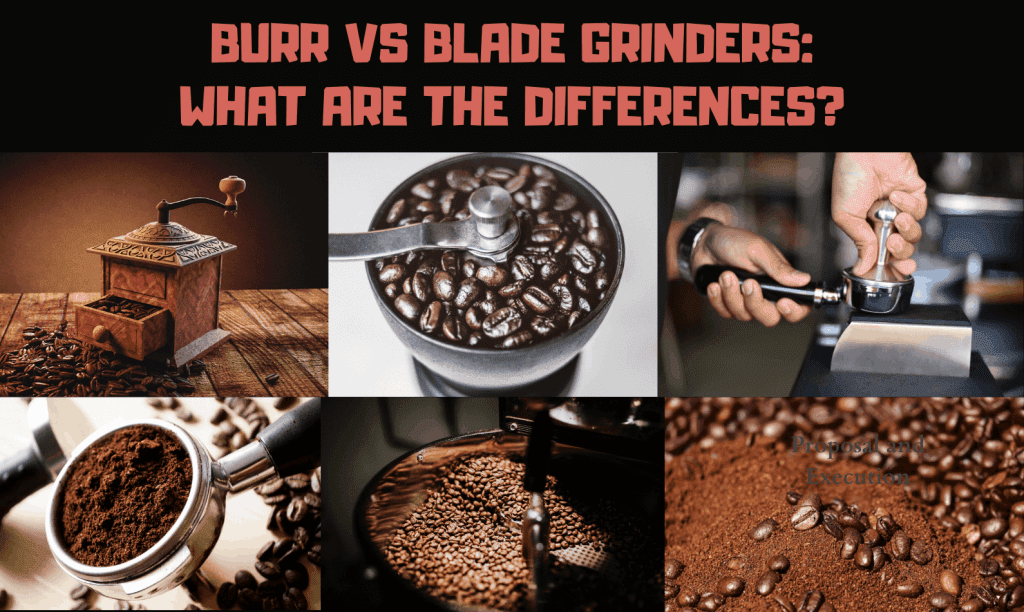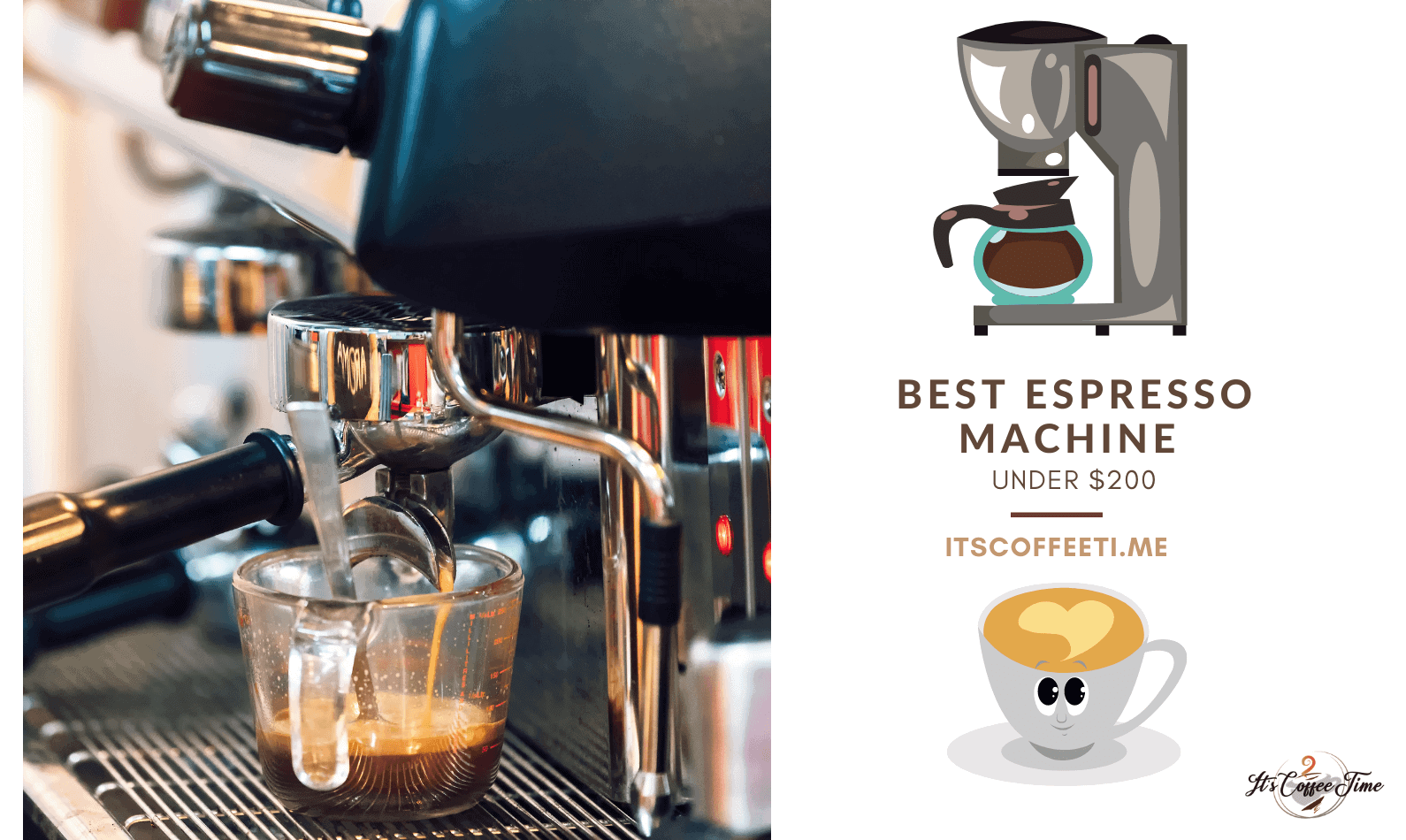Burr Vs Blade Grinders: What are the Differences? If you’re within the marketplace for a replacement coffee mill to rework your coffee routine with vivacious flavors and a spread of production ways, you’re headed into a lure. There are two types of coffee grinders in the world, burr grinders, and blade grinders, but most grocery and kitchen stores only carry one – and it’s the one you don’t want anything to do with. One kind is consistent, durable, and produces uniform coffee grounds.
The other is cheap, uncontrollable, and a waste of your time. You should understand what you’re shopping for once it involves blade and burr coffee grinders. That’s what we’re here for. By the end of this read, you will know which type of grinder is best suited for you and which to avoid at all costs. And no matter how expensive your brewer, you can’t compensate for an inconsistent grind or overheated beans. When it involves selecting a grinder, the 2 major classes are square measure burr grinders and blade grinders. Knowing the difference between burr vs blade grinders can help you find your way to a morning coffee that’s worth waking up early for.
Blade Coffee Grinder
Blade grinders are the older of the two types and the more traditional coffee beans grinding mechanism. The blade mills will work more like blenders as they will feature two or more blades at the bottom that will spin at high speeds to chop down the coffee beans. When using the blade grinders, you need to add the beans in small batches to ensure effective grinding, and the length of time you grind will determine the size you get.
Longer grinding time translates to fine grind consistency, while shorter grinding time provides a coarser grind size. Overall, blade grinders are much easier to use as there is nothing much to do, and most have a few and simple controls that are easy to figure out. And you will not have any trouble finding one as they tend to be more widely available given that they have been around much longer.
Burr Coffee Grinder
The burr grinder is what you are most likely to find being used in your local coffee shop and what many seasoned home coffee brewers prefer to use. These grinders are what many coffee lovers will sometimes refer to as the burr mills, and they will grind the coffee by rubbing it against two burrs, which are abrasive surfaces made from either stainless steel or ceramic. When the beans first encounter the grinding mechanism, they will be broken down into smaller particles by the larger burrs before moving to the smaller burrs for further size reduction until they attain the desired size.
Burr Vs Blade Grinders (Main Differences)
1. How it Works Burr Vs Blade Grinder
The main difference between the burr and blade grinder is how they work, and this affects everything else from the coffee grounds consistency to the grinding speed and noise.
Burr Grinder:
The burr grinder’s working mechanism is a little more complicated than the blade grinders as there are no fast-spinning blades to chop down the coffee beans like in the latter. Instead, the burr grinder will have two overlapping burrs pushing in the coffee beans and crushing them down into smaller particles as they pass through.
Rather than being sliced with a blade, the beans are broken up and eventually ground into smaller particles, and once they attain the desired consistency, they are spit out. Burrs will be available in two types, which are flat and conical, and they can be made from either stainless steel or ceramic. Each of these types has its pros and cons that every potential buyer should know before making up their mind.
Blade Grinder
Blade coffee bean grinders are designed more like traditional blenders and will also use the same working principle. Just as the name suggests, this grinder will use blades to chop down the coffee beans into smaller particles. Most will typically have two blades located at the bottom of the grinding chamber, and they will spin at high speeds and chop the beans in the chamber at the same time. This mechanism means that while the ground coffee is still good enough for brewing, it will not be as consistent as what you get on the burr grinder. But overall, blade grinding tends to be more straightforward.
2. Grind Consistency:
Grind consistency is another key element that sets these two grinder types apart and an important one. It affects the quality of coffee grounds you get, hence the quality of coffee you end up making. Burr grinders will generally provide more consistent coffee grounds thanks to their multistage grinding mechanism that starts with larger burrs that crush the coffee into smaller particles.
The coffee beans then proceed to smaller burrs to be crushed further into a smaller size before moving to even smaller burrs to reduce their size further until the desired consistency is achieved. Blade grinders grind everything at once using the fast-spinning blades, and so in many instances, you end up with different particle sizes that are not very uniform. And hence to get consistent grounds, you need to grind the beans several times.
3. Heat Transfer:
Coffee beans tend to be very delicate, so any heat generated by the grinding mechanism can easily burn them, resulting in bitter-tasting coffee.
Blade grinders will generate a lot of heat due to the friction generated by the spinning blade, and so some models can easily transfer a lot of heat to your coffee beans and ruin them. The heat causes flavor deterioration, and the overall quality of the beans also diminishes. While there can still be some heat transfer when using burr grinders, which is more so the cheap models with stainless steel burrs, the heat output is often insignificant and will hardly be much of an issue.
4. Grinding Speed:
Given that the blade grinders will chop down the beans using some fast-spinning blades, they are generally faster than the burr grinders, and you can easily get the coffee ground in seconds. However, while blade grinders are fast, they will not work very well with large batches of coffee beans, and so you have to put small batches, which means that large quantities of coffee beans still take quite some time to grind.
5. Grind Size Control:
Different coffee brewing methods will require different grind sizes; for example, the French press uses coarse grinds, while espresso will require a finer ground. Hence, a good grinder should allow you to get the grind size that you want easily. While both blade and burr grinders will often provide several grind size settings, the burr grinding mechanism offers a more precise grind size selection than the blade grinders.
Read more about Best Burr Coffee Grinders under $200
With the burr grinders, you can easily adjust the distance between the burrs, which alters the grind size and does it much more precisely. For the blade grinder, in many instances, you can only control the grind size by altering the grind time, which is not always very reliable or precise.
6. Longevity:
Longevity or durability will largely depend on the particular grinder model that you are buying. For example, you should not expect a cheap grinder, whether it is a blade or burr, to last as long as the more expensive types. Overall the burr grinders tend to be more long-lasting because their ceramic or stainless steel burs are designed to withstand regular use for much longer. These burrs will also keep a sharp edge much longer than blades, hence ensuring the grinder remains in great grinding shape even as it ages.
7. Cost:
Typically, both burr and blade grinders will not cost as much as the coffee makers, and they are a one-off purchase, but you still need to make sure what you buy will give you good service while still not costing a fortune.
When it comes to the cost, the blade grinders are the more affordable options as you can find simple manual ones for under $20, and even the top-quality electric types will hardly retail for more than $100.Burr grinders, on the other hand, will cost anywhere from $50 to $200, but there are a few models out there that will cost a little more than this or even less.
Read more about How Long Does Ground Coffee Last?
Burr Vs Blade Grinders (The Final Verdict)
Each grinder has its pros and cons. To help you consider all of them at once, we have created a different list between burr vs blade grinders. Whichever you choose, you will enjoy the difference fresh ground coffee can make.





